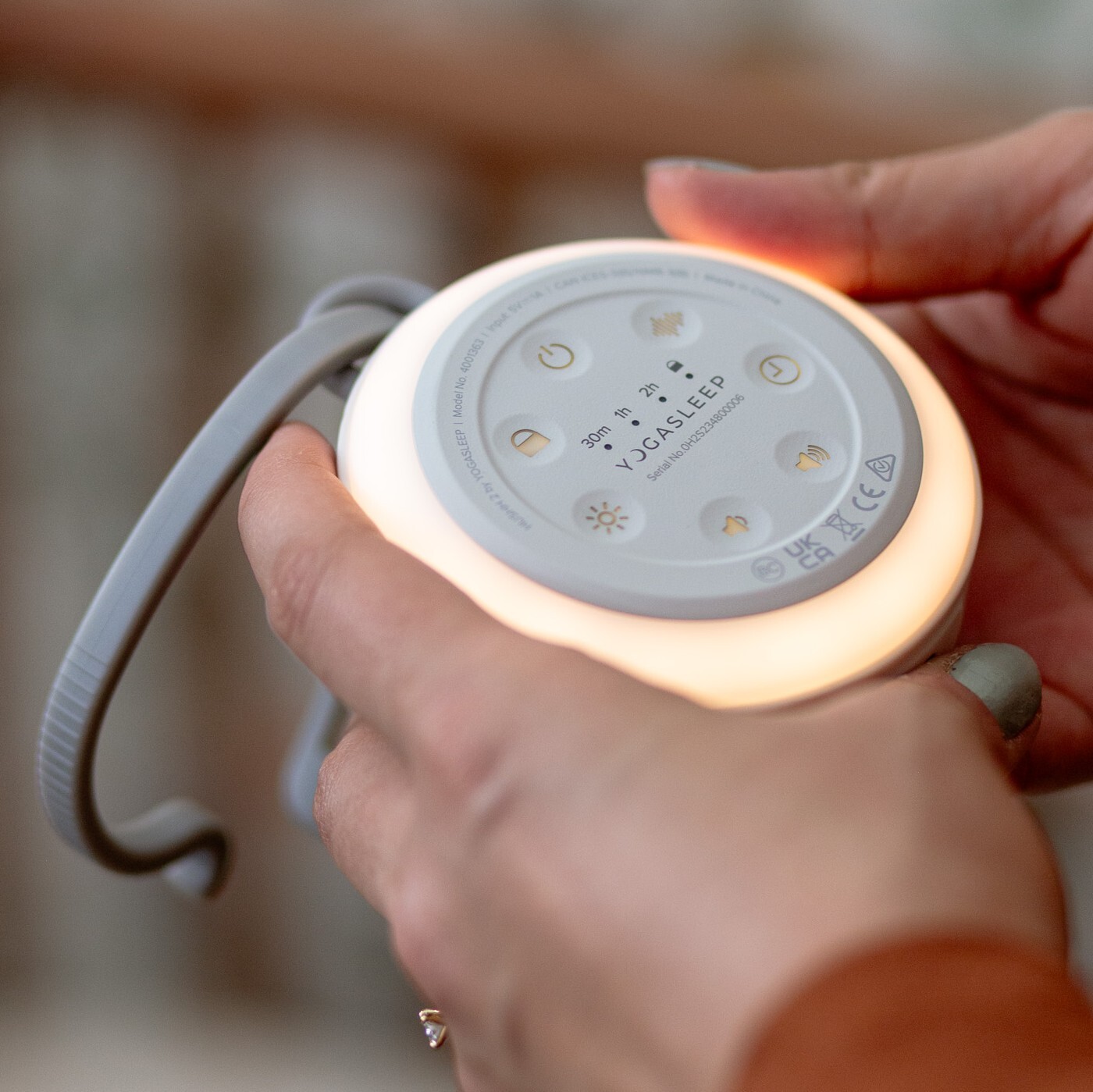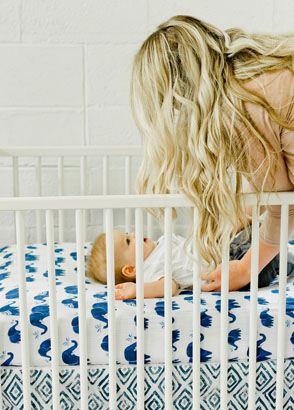Introduction
Rocking or using movement is one of the most common ways to get newborn babies to sleep. We naturally cuddle and rock babies when they are upset, plus babies are used to constant movement when inside the womb.
Plus The Happiest Baby techniques of swinging and jiggling can calm even the fussiest, colicky newborn, so it's no wonder many parents love to settle their baby in this way.
Parents may use the buggy, hammock or even car-rides to get their baby to sleep, particularly when it seems like nothing else will settle them.
Parents often continue to use movement as a settling technique with older babies, but it does get increasingly difficult as your baby gets bigger and heavier! Also it generally starts to take longer and longer, making the whole process of rocking your baby to sleep quite an ordeal. We often hear of babies who need 1-2 hours to rocking to get to sleep and our arms and back ache just at the mere thought of it!!!
Rocking quickly becomes a firm habit, as baby learns they need this movement to get to sleep. Over time this means they will not only want to be rocked at bedtime, they will also want to be rocked back to sleep every time they wake in the night......which is on average 4-6 times for babies over 5 months.
'Rocking to sleep' in this article is a general term we use to cover all forms of movement to settle your baby to sleep. So this means this information covers the following settling techniques:
-
Rocking
-
Patting or cuddling
-
Walking around with baby
-
Using the buggy to settle baby
-
Jiggling or swaying
-
Bouncing on a swiss ball
-
Bouncing baby in a hammock
-
Bouncing baby in a bouncinette
-
Using an electric baby swing
-
Car-rides or rocking the capsule
-
Any other way you move your baby to get them to sleep.....





















